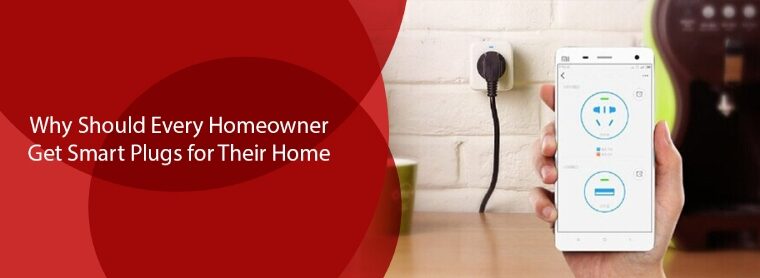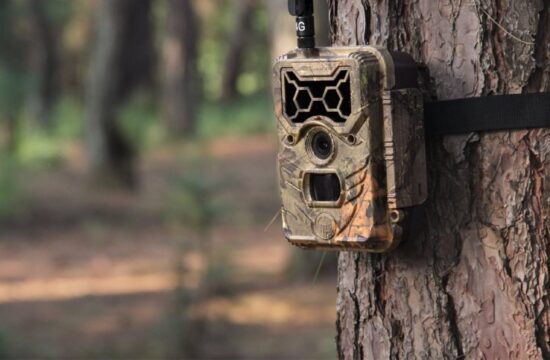Electric surges occur when unwanted and catastrophic coulombs of electricity flow through a household outlet. Saving valuable equipment from power surges can be a daunting task. It is a wise idea to ensure that you have a surge protection device to minimize the damage this can cause to your home. Here’s why electrical surges occur and how to prevent them.
Your home is full of items that are prone to electrical surges. Anything that includes a microprocessor is particularly vulnerable. This is because small digital components are so delicate that even 10-volt fluctuations can cause them to malfunction. The microprocessor is included in hundreds of consumer products, including televisions, cordless phones, computers, microwaves, and even seemingly “low-tech” large appliances such as dishwashers, washing machines, and refrigerators.
Large electrical surges such as a lightning strike can cause instant damage, and melting of plastic and metal parts. Fortunately, these types of power surges are rare. Low-level surges cannot melt components or blow fuses, but they can cause “electronic rust” and gradually degrade internal circuits until they eventually fail. Small surges leave no external signs and can occur tens or even hundreds of times daily, but you may not even notice them.
The Circuit Is Overloaded with Electrical Appliances
The electrical load determines if electrical surges can occur. Electrical equipment is there to make our daily lives easier, but it is important to understand that there is a limit to the amount of electricity that can be drawn from a circuit.
Overloading the circuit beyond what it can supply can cause the circuit to burst, creating an electrical surge that can damage not only the device you are trying to connect to but also other equipment in your home. To prevent this, always be careful when connecting devices to the circuit and be careful not to connect many electrical devices at the same time.
Power Outages Can Be Dangerous
Power outages during the US hurricane season are an unavoidable phenomenon. These power outages are caused by intermittent power lines or perhaps just bad weather. However, power outages do not cause power surges on their own, but they can occur when the power is back on suddenly.
A sudden increase in power can have a devastating effect on your home and create an electrical surge that can damage valuable electrical equipment. In such cases, it is better to seek advice from a trusted company which deals with such issues.
Lightning Strikes in Your Home
In places like the United States, lightning strikes can be a source of concern for inrush currents. According to some statistics, there are more than 30,000,000 lightning strikes each year. That’s a huge number. Not only does it damage the appliances in your home, but it can also cause unwanted emotional trauma in your life.
To prevent this, install a lightning protection system consisting of lightning rods, wires, and grounding rods. Having them installed will keep you less worried about home damages in the event of a thunderstorm or hurricane.
The Transformer May Have Problems
Transformers are huge installed devices and are one of the main channels of power supply. A technical malfunction can occur in the transformer and overvoltage can occur in the house. Since transformers are part of the power channel, small mistakes in the house can be catastrophic.
In such cases, you can contact your power company to find out the cause. Most technical glitches may not take much time to resolve, but sometimes they may take a longer time than expected.
Worn Out Wiring
Worn-out wiring is another major cause of electric surges. Damaged wires are exposed and often have little or no electrical resistance. These wires can carry current up to very alarming levels. If a failed wiring system is causing an electrical surge, you may notice a burning odor or burn marks on your home outlet.
To prevent this, make sure the wiring system is installed correctly when building the house and be careful when installing new appliances in the house.
If you suspect that your home has experienced a power surge, you can identify it in a few simple steps.
- To find this, you need a surge protector.
- Get a surge protector with an internal breaker.
- Insert the surge protector into the socket.
- Next, you need to check every few minutes to see if the circuit breaker has tripped.
- It is recommended to connect the electrical equipment and check if it works. If not, make sure the circuit breaker is tripped.
If you suspect that your house has a power surge, it is wise to call an electrician for repair rather than delay the process. It is very dangerous for you and your family.
Special attention should be paid to the wiring and installation of the house, especially if you have children. Nevertheless, remember that you always have surge protection devices for your home.
Final Thoughts
Whether you’re powering your electrical devices or using home lighting, you need to make sure that the power you depend on is running reliably and efficiently. Many electric fires are hidden in the walls of your home. However, seeing signs of electrical damage and warning signs such as foul odors, outlet warmth, and various other warnings can help you avoid more costly issues.
Surge protection devices can be integrated into the power supply design and inserted into sockets by connecting surge protection plugs, extension strips, or automatic voltage monitors. Another approach is to use surge protection on the service line input. This protects homes and buildings from most external surges.











